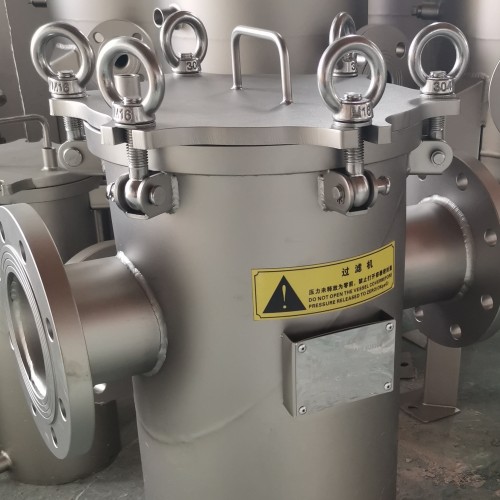Adjusting Pressure Settings for Efficient Pressure Reducing Valve Operation in Plumbing Systems
Adjusting Pressure Reducing Valves A Comprehensive Overview
Pressure reducing valves (PRVs) are essential components in various fluid systems, used primarily to control and reduce the pressure of a fluid entering a system to a desired lower level. The importance of proper adjustment and maintenance of these valves cannot be overstated, as they play a critical role in protecting plumbing systems, ensuring consistent water supply, and preventing damage to appliances and equipment.
What is a Pressure Reducing Valve?
A pressure reducing valve is a type of valve that automatically cuts off the flow of a fluid after a pre-set pressure is reached. These valves are vital in systems where pressure needs to be controlled for various reasons, such as safety, regulatory compliance, and operational efficiency. They are commonly used in water supply systems, heating systems, and industrial applications.
Working Mechanism
The working mechanism of a PRV is fairly straightforward. When high-pressure fluid enters the valve, the internal mechanism acts to reduce the pressure to a predefined level. This is typically achieved through a spring-loaded diaphragm or piston. As the fluid pressure forces the diaphragm upward, it compresses the spring. Once the pressure reaches the set point, the valve partially or fully closes to maintain the desired output pressure. The ability to adjust the spring tension allows for the modification of the output pressure, providing flexibility in various applications.
Importance of Proper Adjustment
Adjusting a pressure reducing valve is crucial for optimal performance. Incorrect settings can lead to several issues
1. Over-Pressurization If the valve is set to a pressure higher than what a system can handle, it can lead to pipe bursts or equipment failures. This can result in costly repairs and downtime.
2. Under-Pressurization Conversely, if the PRV is set too low, it may not supply sufficient pressure for proper operation of appliances or systems, leading to inefficient performance and reduced functionality.
adjusting pressure reducing valve

How to Adjust a Pressure Reducing Valve
Adjusting a pressure reducing valve is a straightforward process, but it requires caution and precision. Here’s a step-by-step guide
1. Identify the Set Screw Locate the adjustment screw on the valve. This is typically a screw or knob on the top or side of the valve.
2. Monitor the Pressure Use a pressure gauge to measure the current output pressure before making any adjustments.
3. Make Adjustments To increase the output pressure, turn the adjustment screw clockwise. Conversely, turning it counterclockwise will decrease the pressure. Make small adjustments to avoid overshooting your target.
4. Test the Pressure After adjusting, check the pressure gauge again to ensure it meets the desired setting. Repeat the adjustment process if necessary.
5. Regular Maintenance It is important to routinely check the condition of the valve and its settings, especially if there are changes in system requirements or after significant maintenance work.
Conclusion
In conclusion, pressure reducing valves are vital for ensuring the safety and efficiency of fluid systems. Proper adjustment and maintenance of these valves are essential to prevent complications that could result from improper pressure levels. By understanding their function and knowing how to adjust them, users can ensure their systems operate smoothly and reliably, thereby protecting their investments and enhancing operational efficiency. Whether in domestic or industrial settings, taking the time to properly manage PRVs is an investment in both safety and performance.
-
Breakthrough in Domestic Low Temperature Valve Technology in ChinaNewsAug.18,2025
-
From Machinery to Intelligent Brain: The Digital Transformation Wave of the Valve IndustryNewsAug.18,2025
-
PCVEXPO 2025NewsAug.18,2025
-
The Key to Fluid Control: Exploring the Advantages of Ball Valves in Industrial SystemsNewsJul.09,2025
-
The Versatile World of 1, 2, and 3 Piece Ball ValvesNewsJul.09,2025
-
Stainless Steel Ball Valves: The Ideal Choice for Efficient Flow ControlNewsJul.09,2025
-
Optimizing Fluid Control with Ball Float ValvesNewsJul.09,2025




